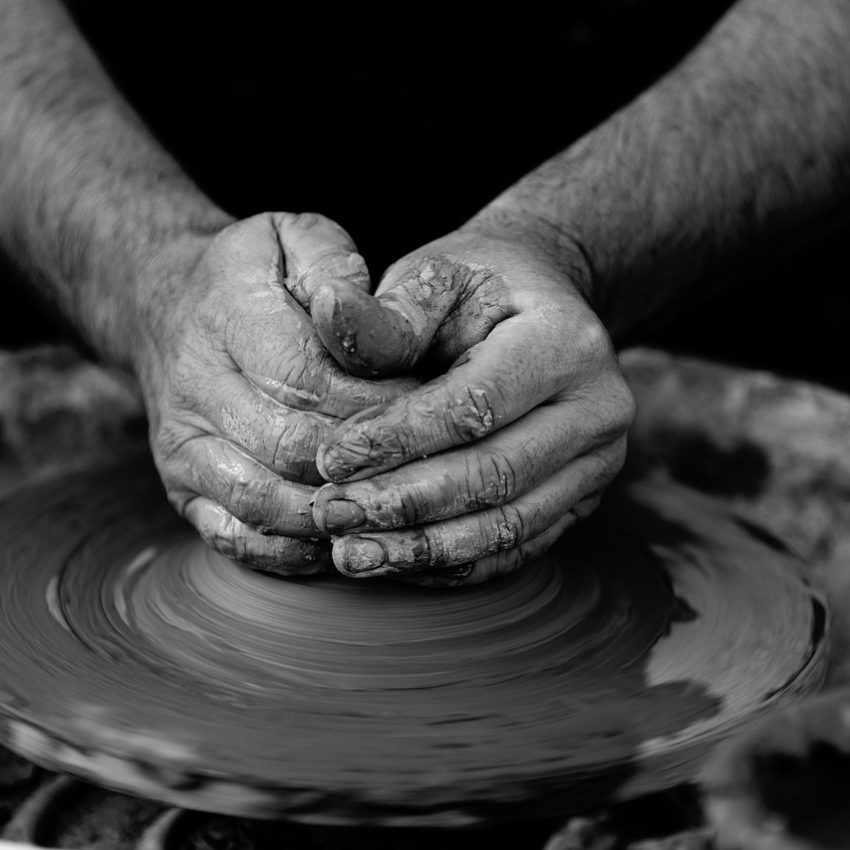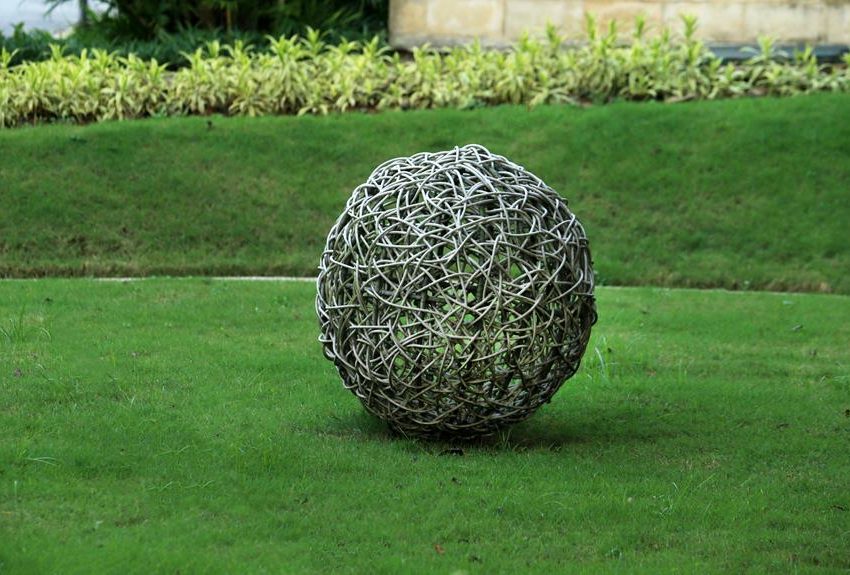Exploring Classicism
Art, History, and Architecture in Depth
Step into a world where art and architecture dance in perfect harmony, showcasing the timeless beauty of classicism. Defined by its symmetry, idealised forms, and reverence for ancient Greek and Roman aesthetics, classicism is a beacon of inspiration that transcends time.
For art enthusiasts and historians alike, this artistic movement is not just a glimpse into the past—it’s a journey through history that continues to captivate hearts and minds with its enduring allure.
From the marble temples of ancient Greece to the grandeur of Roman monuments, classicism emerged as a defining force shaping cultural expressions throughout antiquity.
Delving deeper into the roots of classicism unveils a rich tapestry woven by architects, sculptors, and thinkers who found solace in pursuing perfection through proportion and balance. As we navigate this exploration of classical ideals, it becomes evident why classicism remains an indispensable source of inspiration for creatives seeking to unravel the mysteries of beauty encapsulated in form and structure.
The origins and principles of classicism in Ancient Greece
The origins of classicism can be traced back to the cradle of civilisation, ancient Greece and Rome, where art, architecture, and philosophy flourished. The Greeks laid the foundation for classical ideals by pursuing harmony, balance, and proportion in artistic expressions. From the grandeur of Greek temples like the Parthenon to the realism captured in Roman sculptures such as the Laocoon Group, classical aesthetics emphasised an idealised form that aimed to depict beauty grounded in reason and intellect.
Architectural Innovation
Classical ideals permeated not only artistic endeavours but also architectural innovation during antiquity.
The Romans refined classical principles by incorporating columns and arches into monumental structures such as the Colosseum and aqueducts. This integration of functionality with grace became a hallmark characteristic of classicism that endured over time.
As Europe transitioned from the medieval period marked by Romanesque and Gothic styles, a renewed interest in classical antiquity, particularly aspects of ancient Rome and Greek art, emerged during the Italian Renaissance.
Artists like Michelangelo and Raphael drew inspiration from ancient sculptures and texts, ushering in a revival of classical themes in art and architecture.
The evolution from Romanesque to Renaissance showcased a shift towards embracing classical forms rooted in Greco-Roman traditions, highlighting the enduring influence of the classical period, particularly the art and literature of the ancient Greeks and Romans.
The revival of classicism represented a departure from the intricate ornamentation of Gothic cathedrals towards a more straightforward yet more profound expression of beauty inspired by antiquity’s timeless elegance.
This resurgence in classical motifs transformed artistic practices and influenced philosophical discourse on aesthetics and humanism during this period of cultural rebirth known as the Renaissance.
Classicism in Art
Sandro Botticelli
Classicism in art embodies a devotion to balance, harmony, and meticulous attention to portraying ideal beauty.
Symmetry and proportion are paramount in classicism, reflecting an admiration for order and clarity. Artists sought to emulate the grace in classical antiquity, particularly in Greek art, where simplicity conveyed elegance and served as a channel to express timeless truths and ancient philosophies.
Idealised forms prevalent in classicism aimed to elevate the ordinary into something divine. One remarkable example is Sandro Botticelli’s “The Birth of Venus,” where the goddess emerges from a shell with ethereal grace, embodying beauty, symmetry, and purity—hallmarks of classicism.
Nicolas Poussin
Notable painters and sculptors linked to the classicism movement include Nicolas Poussin, renowned for his rational compositions infused with mythological narratives that exude serenity and restraint.
Antonio Canova stands out in sculpture with his neoclassical masterpieces like “Psyche Revived by Cupid’s Kiss,” radiating harmonious proportions and emotional depth inspired by ancient Greek sculptures.
These artists exemplify how the principles of classicism carried forward through centuries, influencing subsequent art movements such as Neoclassicism in 18th-century Europe. Figures like Jacques-Louis David embraced classicism’s aesthetics to convey moral values and political ideologies during the Age of Enlightenment.
The impact of classicism on art movements unfolded beyond aesthetics; it became a vessel for evoking intellectual pursuits while paying homage to antiquity’s grandeur.
Neoclassical artworks often depicted historical or mythological scenes imbued with noble virtues, promoting virtue overindulgence—a stark departure from the vibrant Baroque styles that preceded it and inspired by the moral ideals of the ancient Greeks.
Artists used classical motifs as visual elements and conduits for philosophical contemplation and societal critique. As classicism evolved through different periods, its enduring influence underscored a timeless reverence for order, beauty, and human achievement that resonates even in contemporary art interpretations today.
Classicism in Architecture
Classical architecture, rooted in ancient Greece and Rome, is known for its enduring beauty and structural harmony.
One of the defining features of classical architecture is the use of columns, which come in several different styles or ‘orders’ such as Doric, Ionic, and Corinthian.
These columns were not merely structural elements but symbolised strength, elegance, and beauty. The pediment, a triangular roof typically found atop the façade of classical buildings, adds a sense of grandeur and symmetry.
Famous classical buildings like the Parthenon in Athens exemplify the grandeur and precision of classical architecture.
Built in the 5th century BC on the Acropolis hill, this temple dedicated to Athena showcases the mastery of proportions and architectural elements like Doric columns.
Similarly, the Pantheon in Rome is celebrated for its iconic dome supported by massive pillars—an architectural marvel that inspires awe centuries later. In recent history, Palladian villas designed by Andrea Palladio during the Renaissance era embody classical ideals, balancing simple geometric forms and elegant ornamentation.
The legacy of classical architecture extends beyond ancient monuments into contemporary structures and urban planning. Even today, architects draw inspiration from classical principles when designing buildings that seek to evoke a sense of timelessness and sophistication.
Elements like columned facades or symmetrical layouts can be seen in government buildings, museums, and courthouses worldwide—a testament to the enduring influence of classical architecture on modern urban landscapes.
In summary, classical architecture’s emphasis on harmony, proportion, and beauty has left an indelible mark on architectural history.
By understanding and appreciating its core principles—whether through studying historical landmarks or observing modern interpretations—we gain a deeper appreciation for the cultural significance and timeless allure of classicism in architecture throughout the ages.
Neoclassical Revival
Neo-Classical Revival marks a significant period in history where classical themes experienced a resurgence during the 19th-century Romantic era.
This revival was characterised by a deep appreciation for ancient Greek and Roman ideals, often manifesting in literature, music, and art as artists sought to capture the grandeur and beauty of classical antiquity.
Writers like Lord Byron and John Keats drew inspiration from classical mythology and history in their works.
At the same time, musicians such as Beethoven composed pieces infused with neoclassical elements, blending traditional structures with innovative approaches.
This era also saw the influence of classicism, infused with the rationality and ideals of the ancient Greeks and Romans, seeping into various aspects of modern society through design elements and cultural references.
Architects like Thomas Jefferson drew heavily on classical architectural principles when designing iconic structures like Monticello in Virginia, showcasing a blend of neoclassical features within a contemporary context.
Furthermore, the development of cities with grand boulevards, monumental squares, and symmetrical gardens all reflected the enduring legacy of classical urban planning ideals that continue to shape our modern metropolitan areas.
In addition to its presence in creative arts and architecture, the echoes of classicism can be found interwoven in societal norms and cultural references even today.
From fashion designs inspired by ancient Greek drapery to furniture adorned with Greco-Roman motifs, the timeless allure of classicism continues to permeate different facets of contemporary life.
The enduring appeal of classicism lies in its aesthetic qualities and association with nobility, beauty, and order – values often sought after for their inherent timelessness and unity across generations.
Criticism
Classicism, emphasising order, symmetry, and idealized beauty, has faced criticism for its perceived exclusionary tendencies and associations with elitism and power dynamics. These critiques stem from several key aspects of classicism:
Social and Cultural Exclusion Classical art and architecture often celebrate ideals and narratives reflecting the values and perspectives of specific privileged groups, such as aristocrats, rulers, and the intellectual elite. This can result in the marginalization or erasure of other voices, attitudes, and cultural identities. For example, classical sculptures predominantly depict idealized human body forms, as informed by Greek art studies, which may not reflect the diversity of human experiences and identities.
Historical Context and Colonialism Classicism flourished in ancient Greece and Rome, civilizations that exerted significant influence through conquest and colonization. As a result, celebrating classical ideals can be seen as perpetuating narratives of Western cultural superiority and justifying colonial endeavours. The appropriation of classical motifs and symbols by colonial powers further reinforces perceptions of classicism as a tool of cultural domination.
Elitism and Power Dynamics Classicism has often been associated with institutions of power, including monarchies, religious authorities, and aristocratic elites. These entities’ patronage of classical art and architecture reinforced their social status and authority while perpetuating hierarchical structures within society. This association with elites can create barriers to access and appreciation for classical art forms among broader and more diverse audiences.
Exclusion of Marginalized Voices Critics argue that classical art and architecture canon has historically neglected or marginalized contributions from women, people of colour, and other marginalized groups. This exclusion has perpetuated inequalities within the art world and limited opportunities for diverse voices to be represented and celebrated within classical traditions.
Contemporary Reappropriation and Critique In modern discourse, artists, scholars, and activists have sought to challenge and subvert traditional notions of classicism by interrogating its historical context and implications. Through works of art, scholarship, and public engagement, they highlight the exclusionary tendencies and power dynamics inherent in classical traditions while advocating for greater inclusivity and diversity within the cultural sphere.
While classicism continues to be celebrated for its enduring aesthetic appeal and cultural significance, it is essential to critically examine its historical context and implications. We can work towards a more inclusive and equitable appreciation of classical art and architecture in contemporary society by acknowledging and addressing its exclusionary tendencies and associations with elitism and power dynamics.
Classicism Today
In contemporary society, classicism continues to weave its timeless appeal into various facets of art and design.
Artists and designers draw inspiration from classical principles to create modern interpretations that pay homage to the aesthetic ideals of symmetry, simplicity, and balance.
For instance, fashion designers often incorporate elements like Grecian drapery or Roman togas into their collections, blending ancient beauty with contemporary trends.
In interior design, classical motifs such as ornate cornices, fluted columns, and elegant symmetry can be seen in luxurious homes and prestigious buildings, bridging the gap between the past and the present.
Moreover, classicism still significantly influences the fine arts, where painters and sculptors continue to explore classical themes through a contemporary lens.
Artists may reinterpret mythological narratives or employ classical forms to evoke a sense of timelessness and depth.
This fusion of old-world charm with modern sensibilities showcases how classicism is a wellspring of inspiration for artistic expression across diverse mediums.
Amid the fast-paced changes in urban landscapes globally, preservation efforts are underway to protect and restore classical landmarks that embody rich historical significance.
From iconic structures like the Acropolis in Athens to Renaissance palaces in Florence, these architectural marvels serve as touchstones to our shared cultural heritage.
By safeguarding these monuments, we honour the craftsmanship and ingenuity of past civilisations and ensure that future generations can appreciate the enduring beauty and wisdom encapsulated within these timeless treasures.
Educational Value of Classicism
Classicism serves as a cornerstone in the study of art history and architecture, with its integration into educational curricula providing students with a profound understanding of the foundations of Western art.
By delving into classical principles, students gain insights into the timeless aesthetics and ideals that have shaped artistic expressions for centuries. Studying classicism equips students to discern the elements of symmetry, proportion, and beauty that define classical works of art and architecture.
For example, when analysing Michelangelo’s sculptures or examining the design of ancient Roman buildings like the Colosseum, students can appreciate how these classical principles influenced artists and architects throughout history.
For aspiring artists, classicism offers inspiration and a rich tapestry to draw creative vision. Emerging artists can learn valuable composition, form, and representation techniques by studying classical masterpieces from renowned painters like Raphael or sculptors like Phidias.
Understanding classical principles enhances technical skills and fosters a deeper appreciation for the cultural heritage embedded in classical artworks. Moreover, classicism provides a framework for artists to infuse traditional motifs with contemporary interpretations, leading to innovative approaches that bridge past and present artistic traditions.
Educators play a vital role in utilising classicism as a teaching tool to explore cultural heritage and cultivate critical thinking skills among students.
By incorporating classicism into lesson plans, educators can guide students through exploring historical contexts, societal values, and artistic movements that shaped classical art and architecture.
Through interactive activities such as analysing Greek vase paintings or studying the architectural elements of Roman temples, students not only deepen their understanding of classical aesthetics but also develop cross-disciplinary perspectives that enrich their overall learning experience. By immersing students in classicism, educators pave the way for future generations to appreciate classical works’ enduring beauty and significance across diverse fields of study.
Embracing classicism within educational settings offers invaluable opportunities for students to engage with timeless artistic expressions and architectural achievements.
Whether unravelling the mysteries of ancient Greek sculpture or deciphering the intricacies of Palladian villa designs, studying classicism imparts enduring lessons on craftsmanship, beauty, and cultural legacy.
By integrating classicism into curricula and leveraging its inspirational power for aspiring artists, educators sow seeds that blossom into an appreciation for classical beauty that transcends time and continues to inspire innovation in the arts today.
Conclusion
In conclusion, classicism began its journey in the ancient civilisations of Greece and Rome, setting standards and ideals that would dominate Western art for centuries to come.
Classicism generally refers to a high regard for a classical period, associated with harmony, idealism, and a deep reverence for the ancient Greek and Roman gods and heroes.
From the Renaissance artists’ rediscovery of classical ideals to the seventeenth-century work of Charles Le Brun, classicism shaped painting and sculpture and the arts and culture of later periods.
During the Age of Enlightenment, thinkers like Socrates theorized on the aesthetic attitude of classicism.
At the same time, artists like Le Brun and Louis XIV introduced classicist principles into their works, emphasizing symmetry, proportion, and reverence for the human figure.
This aesthetic attitude also began to influence music and literature, as Neoclassicism sought to revive the classical ideals in the late 18th and early 19th centuries.
However, classicism has faced criticism for its exclusionary tendencies, associations with elitism and power dynamics, and narrow focus on the ideals of ancient Greece and Rome.
Despite these critiques, classicism inspires artists and thinkers today, serving as both a predecessor and a touchstone for later artistic movements such as Romanticism and Neoclassicism.
In describing the arts and culture associated with classicism, we recognise its enduring influence on setting standards of beauty and form and its role in shaping the aesthetic landscape of historical periods.
From the well-proportioned sculptures of ancient Greece to the straight lines and imitation of later classicism, the legacy of classicist ideals continues to resonate in contemporary art and culture, reminding us of the timeless allure of the classical tradition.





